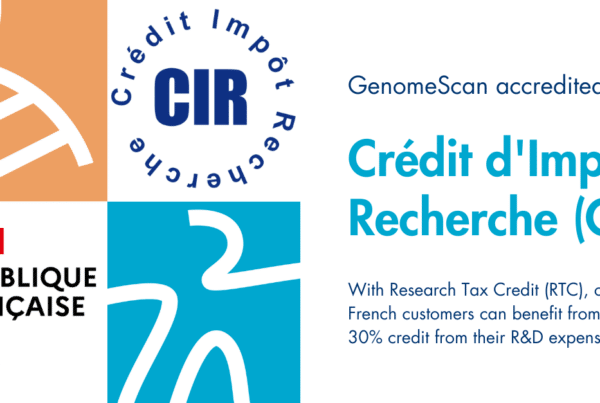Innovation Alert: Mid-read sequencing
Sequencing of PE250 reads on the NovaSeq 6000

Printing a book of more than 2 billion pages, every two days. Illumina’s NovaSeq 6000 has made it possible to
produce >6 Terabases of high-quality bases per sequencing run. This huge amount keeps the cost per base low and has allowed for the development of many new applications.
With such a complete solution, what is the drawback? Usually none; but to resolve certain research questions, 150 nucleotide (nt) sequencing is not sufficient. Some cases require generating fragments up to 250 nt to uniquely map most of the reads.

Now, GenomeScan offers PE250 sequencing under ISO/IEC 17025 accreditation. Longer reads can, for example, span the highly variable regions in T-cell or B-cell receptors (TCR, BCR). Or they form ‘larger puzzle pieces’, to resolve repetitive regions. This can be beneficial for resequencing of whole genomes or microbiome sequencing.
What is the quality of those longer runs?
As is shown in the figure above, the quality stays very high during the run and produces reads that are of superior quality (high % of Q30 reads). With PE250 sequencing on the NovaSeq, GenomeScan can offer cost-effective sequencing of up to 500 nt.

Do you have questions or want to know how NGS could benefit your project? Just leave your message below and André will contact you…





